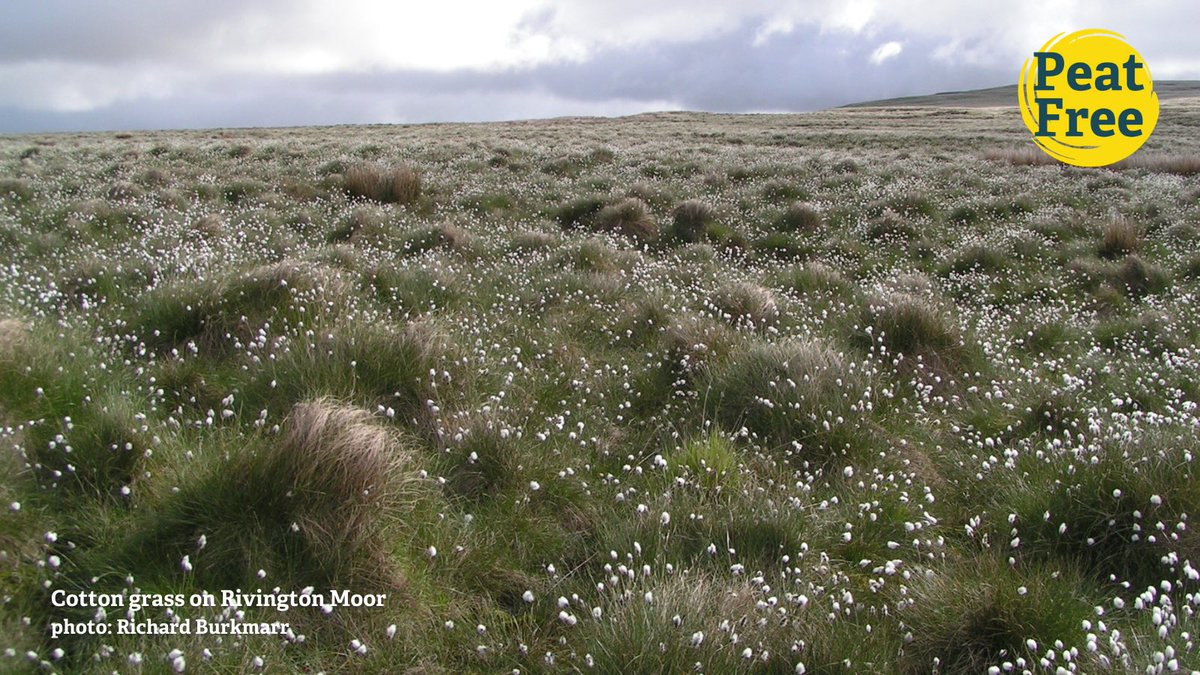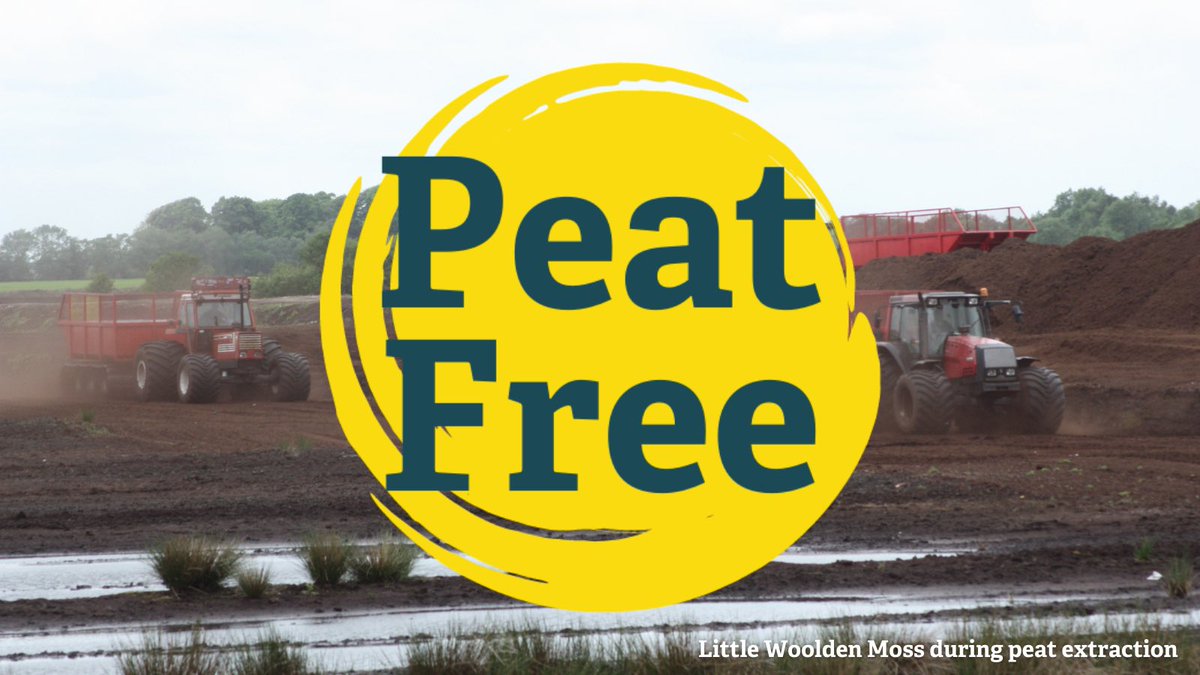
Q: What have our peatlands ever done for us?
A: LOADS!
These amazing habitats provide a series of vital ecosystem service benefits – but only when they are healthy. Indulge us in a peaty thread and find out more… (1/7)
A: LOADS!
These amazing habitats provide a series of vital ecosystem service benefits – but only when they are healthy. Indulge us in a peaty thread and find out more… (1/7)

CARBON CAPTURE
🌍 Healthy peatlands actively absorb and store carbon from the atmosphere
🌳 Globally peatlands store twice as much carbon as forests
🏭 CO2 emissions from damaged peatlands account for 5% of UK greenhouse gas emissions (2/7)
🌍 Healthy peatlands actively absorb and store carbon from the atmosphere
🌳 Globally peatlands store twice as much carbon as forests
🏭 CO2 emissions from damaged peatlands account for 5% of UK greenhouse gas emissions (2/7)
BIODIVERSITY BOOSTING
🌱 Healthy peatlands are homes to lots of rare and specialised wildlife, and provide vital wildlife corridors for lots of other species
🐝 41% of UK species are declining and 15% are threatened with extinction (3/7)
🌱 Healthy peatlands are homes to lots of rare and specialised wildlife, and provide vital wildlife corridors for lots of other species
🐝 41% of UK species are declining and 15% are threatened with extinction (3/7)
NATURAL FLOOD MITIGATION
🧽 Healthy peatlands act like sponges, soaking up water in storm events and releasing it slowly downstream
🏞 Dry and damaged peatlands contribute to flooding as rainfall cannot be absorbed and so runs straight off (4/7)
🧽 Healthy peatlands act like sponges, soaking up water in storm events and releasing it slowly downstream
🏞 Dry and damaged peatlands contribute to flooding as rainfall cannot be absorbed and so runs straight off (4/7)
DECREASED WILDFIRE RISK
💧 Wet, healthy peatlands are highly fire resistant
🏭 Indonesian peat fires in 2015, emitted nearly 16 million tonnes of CO2 a day
🐣 Wildfires burn the nests and young of ground-nesting birds, including the endangered curlew (5/7)
💧 Wet, healthy peatlands are highly fire resistant
🏭 Indonesian peat fires in 2015, emitted nearly 16 million tonnes of CO2 a day
🐣 Wildfires burn the nests and young of ground-nesting birds, including the endangered curlew (5/7)
NATURAL WATER FILTRATION
🚰 70% of drinking water comes from upland peatlands
🟤 Degraded peatlands leach dissolved organic carbon into water courses staining the water brown
💧 Healthy peatlands naturally filter water, reducing costly & energy heavy treatment needs (6/7)
🚰 70% of drinking water comes from upland peatlands
🟤 Degraded peatlands leach dissolved organic carbon into water courses staining the water brown
💧 Healthy peatlands naturally filter water, reducing costly & energy heavy treatment needs (6/7)
So there you have it – peatlands are AMAZING 👏👏👏 But they’re still being dug up for use in horticulture. In fact, the UK uses 3 million m3 of peat each year in our gardens😢 This must stop. Sign our #PeatFree pledge and start to make a difference bit.ly/2O6zRTt (7/7) 

• • •
Missing some Tweet in this thread? You can try to
force a refresh


